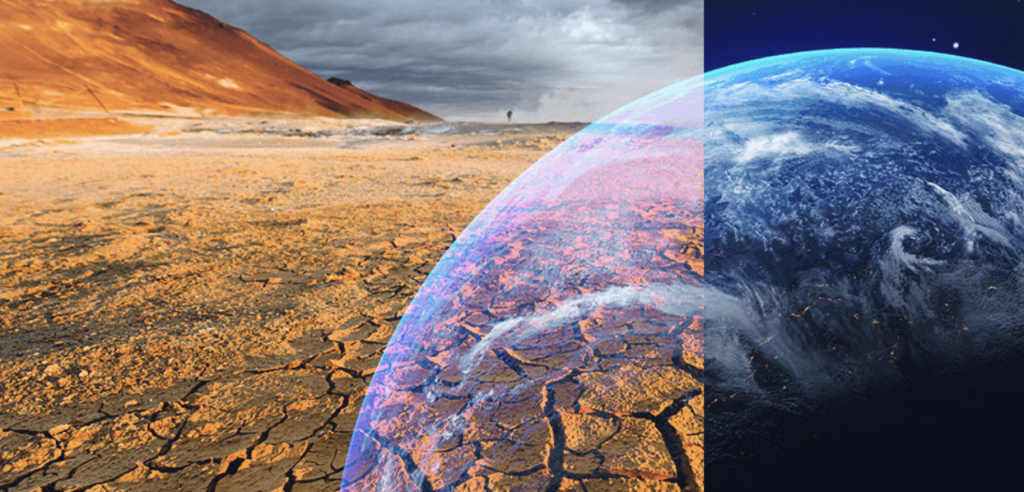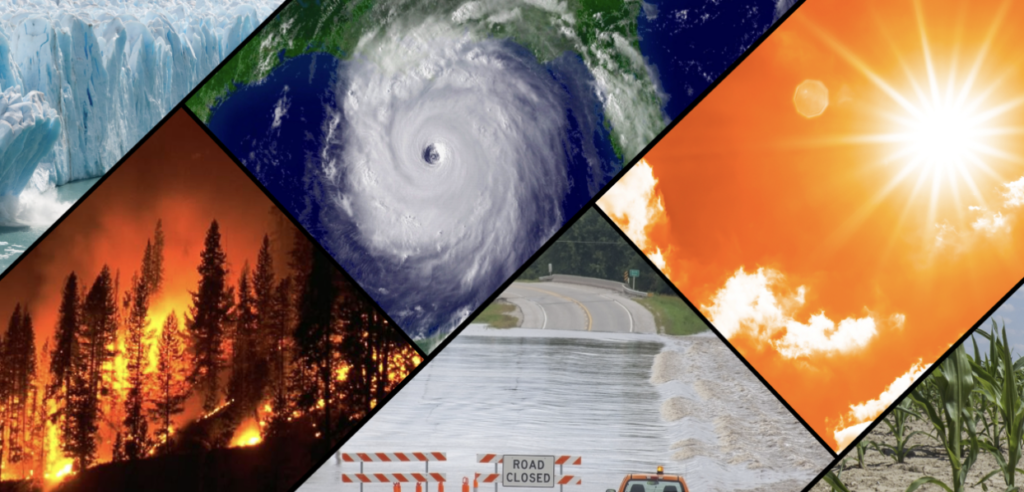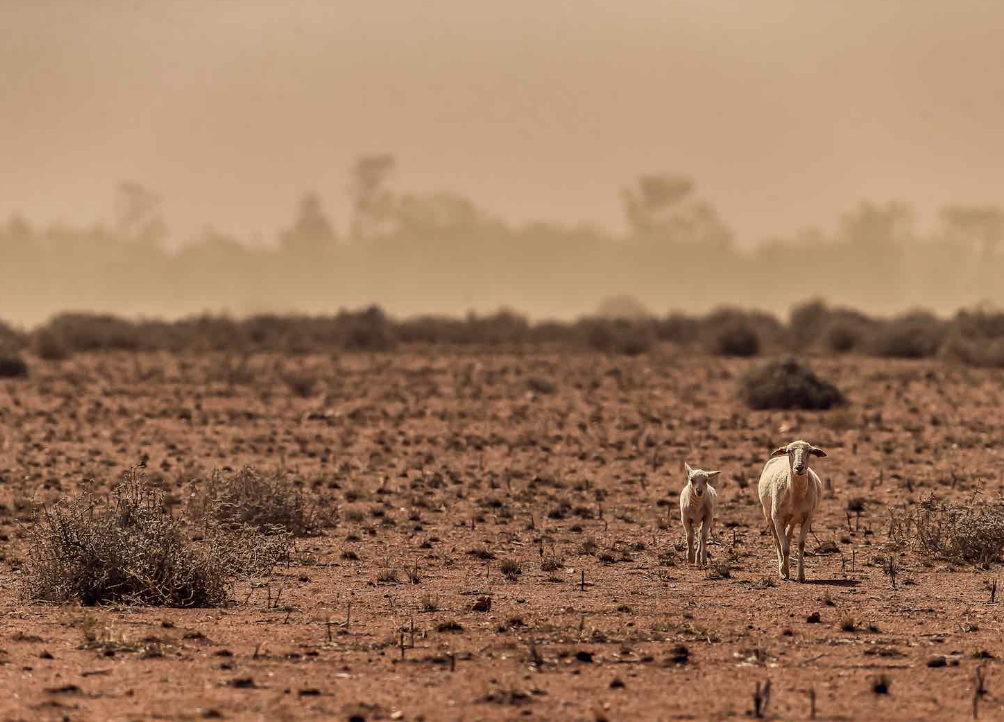Climate Change in Australia: Challenges, Impacts, and Pathways to a Sustainable Future
"Tackling Climate Change: Australia’s Challenges and Solutions"

Climate change is one of the most pressing issues facing Australia, with far-reaching implications for its environment, economy, and communities. From devastating bushfires to shifting weather patterns, the effects of climate change are becoming increasingly evident. This blog post explores the current impacts of climate change in Australia, the challenges ahead, and the pathways towards a sustainable future
The Impact of Climate Change in Australia

1. **Extreme Weather Events**:
– **Bushfires**: Australia has experienced some of the most intense bushfire seasons in recent years, with fires becoming more frequent and severe. The 2019-2020 “Black Summer” fires were among the worst in recorded history, causing widespread destruction and loss of life.
– **Flooding**: Increased rainfall and severe weather events have led to more frequent and intense flooding in various regions, impacting communities and infrastructure.
– **Heatwaves**: Rising temperatures have resulted in more frequent and extreme heatwaves, posing health risks and exacerbating drought conditions.
2. **Environmental Changes**:
– **Coral Bleaching**: The Great Barrier Reef, a UNESCO World Heritage site, has suffered significant coral bleaching events due to rising sea temperatures. This affects marine biodiversity and ecosystems.
– **Sea Level Rise**: Coastal areas are experiencing rising sea levels, leading to erosion, loss of habitat, and increased flooding risk for communities.
– **Biodiversity Loss**: Changes in climate and habitat degradation are contributing to the decline of many native species, threatening Australia’s unique wildlife.
3. **Economic Impacts**:
– **Agriculture**: Climate change affects agricultural productivity, with impacts on crop yields, water availability, and the frequency of extreme weather events. This threatens food security and farmer livelihoods.
– **Insurance Costs**: Increased damage from extreme weather events is driving up insurance costs and affecting the affordability and availability of coverage for homes and businesses.
– **Tourism**: The degradation of natural attractions, such as the Great Barrier Reef, impacts tourism, which is a significant contributor to Australia’s economy.
Challenges in Addressing Climate Change

1. **Policy and Political Will**:
– **Inconsistent Policies**: Climate change policies have varied significantly over time and between governments. There is often a lack of continuity and comprehensive strategy in addressing climate issues.
– **Political Debate**: Climate change remains a contentious issue in Australian politics, with differing views on the level of action needed and the balance between economic growth and environmental protection.
2. **Transitioning to Renewable Energy**:
– **Infrastructure and Investment**: Transitioning from fossil fuels to renewable energy sources requires substantial investment in infrastructure and technology. This involves upgrading the energy grid, investing in renewable energy projects, and managing the economic impacts on industries reliant on fossil fuels.
– **Energy Security**: Ensuring a reliable and affordable energy supply while transitioning to renewables is a critical challenge. Balancing energy needs with environmental goals requires careful planning and implementation.
3. **Adaptation and Resilience**:
– **Community Adaptation**: Communities must adapt to the changing climate through measures such as improved infrastructure, emergency preparedness, and sustainable practices. This involves addressing both immediate needs and long-term planning.
– **Ecosystem Resilience**: Enhancing the resilience of ecosystems to climate impacts is crucial for maintaining biodiversity and ecological balance. Conservation efforts and habitat restoration play a key role in this.
Pathways to a Sustainable Future

1. **Strengthening Climate Policies**:
– **Ambitious Targets**: Setting and adhering to ambitious climate targets, such as reducing greenhouse gas emissions and increasing renewable energy adoption, is essential for mitigating climate change.
– **Integrated Planning**: Developing comprehensive climate action plans that integrate environmental, economic, and social considerations can help guide effective and coordinated responses.
2. **Investing in Renewable Energy**:
– **Renewable Technologies**: Investing in and adopting renewable energy technologies, such as solar, wind, and hydro power, can reduce reliance on fossil fuels and lower greenhouse gas emissions.
– **Energy Efficiency**: Improving energy efficiency in buildings, transportation, and industry can help reduce overall energy consumption and emissions.
3. **Promoting Climate Resilience**:
– **Adaptation Strategies**: Implementing adaptation strategies to manage the impacts of climate change, such as building resilient infrastructure and protecting natural habitats, can help communities cope with and recover from climate-related events.
– **Education and Engagement**: Raising awareness and engaging the public on climate issues can drive collective action and support for sustainable practices and policies.

Conclusion
Climate change poses significant challenges for Australia, affecting its environment, economy, and communities. Addressing these challenges requires a multifaceted approach, including strong climate policies, investment in renewable energy, and efforts to build resilience and adaptability. By taking decisive action and working collaboratively, Australia can navigate the path towards a more sustainable future and protect its natural heritage for generations to come.
